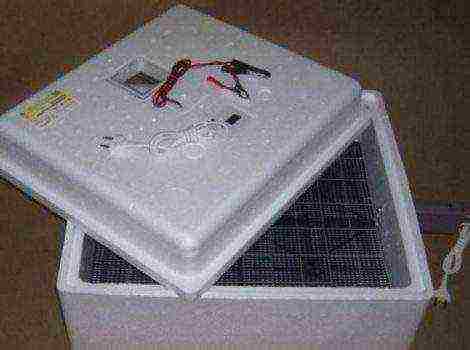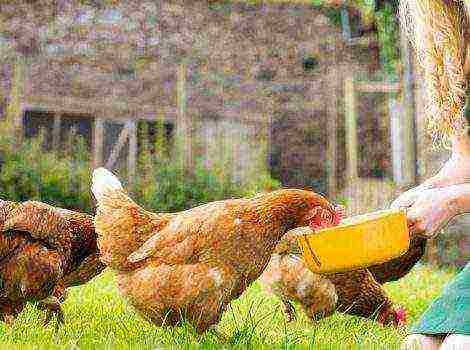Content
What is late blight and how to deal with it
The main task of any gardener is to grow and harvest a good harvest. And no matter how hard you try, on this path many obstacles can arise in the form of various diseases of cultivated plants. Late blight and late blight are no exception.
What is late blight?
Late blight is a plant disease that is triggered by the "phytortoi" fungus. Literally "phytophthora" is translated as "destroying plants." From the very name it becomes clear that the fungus completely destroys the plant organism in which it enters. Although nightshades are most often susceptible to late blight, strawberries, castor oil plants and buckwheat should not be spared. In the garden, potatoes and tomatoes are the worst.
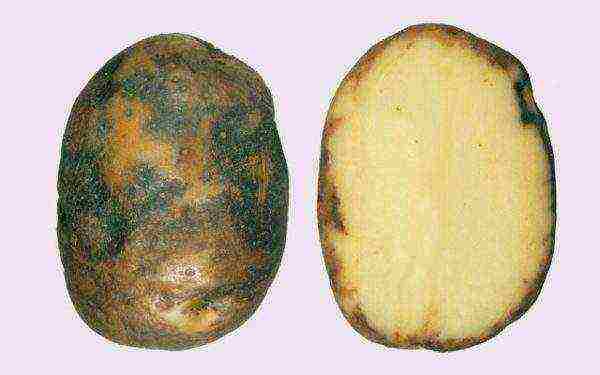
Where can the disease appear?
Phytophthora affects all parts of the plant, without exception. These are the leaves, and the stem, and even the fruits themselves. The fungus is especially active with an increase in air humidity, abundant appearance of dew, frequent fogs, significant temperature drops, when the heat is unbearable in the daytime and cool at night. Particular attention is paid to too dense planting of nightshade crops on the same plot of land.
Practice shows that plants are most often affected by this disease at the end of July or at the beginning of August.
Phytophthora can appear both in open ground and in greenhouse conditions.
How to cultivate the land from disease in the spring?
There are many ways to combat late blight in the spring. First of all, this is the selection of varieties, which consists in a careful selection of cultivated plants on the land. It is recommended to give preference to early ripening varieties that finally ripen and harvest even before the outbreak of late blight. Although it is possible to plant only those plants that are particularly resistant to late blight.
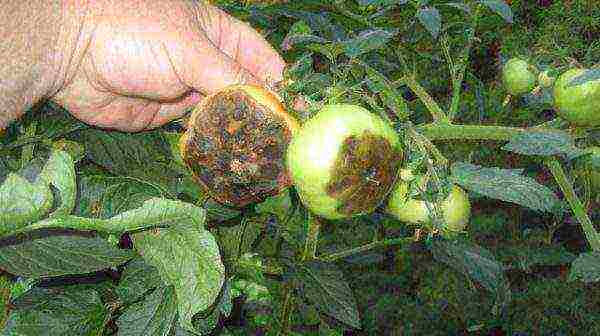
In the spring, you can also use specialized chemicals and traditional methods of recovery from late blight. But these issues deserve special attention, and we will consider them in more detail later in the article.
The use of chemicals
It is recommended to use chemical preparations until the late blight has gained full activity. In this case, it is recommended to carry out foliar spraying of nightshade crops with specialized chemicals. They can be purchased at any agricultural store that distributes poisons and chemicals.
It is recommended to process plants by spraying only in dry and calm weather. Moreover, these areas should then not be touched for one week. After another half a month, you need to repeat the spraying to combat late blight.But this should happen after at least 20 days of harvest. Still, these are chemical toxic substances and they can harm the human body.

Traditional methods
There are many popular ways to combat late blight. It is recommended to use them first. Since such methods are considered gentle and not as drastic as chemicals. Let's consider the main ones later in the article.
Spraying with brine
The method is good as a prevention of late blight. To prepare the solution, you will need one glass of salt and 10 liters of water. Spraying should be done in the morning or evening, hot and sunny weather is not suitable.
If the fungus has already appeared on the bushes of a cultivated plant, it is necessary to remove the infected leaves, and only then process the potatoes or tomatoes. Such spraying will create a thin film on the leaves that does not allow spores to penetrate into the plant.
Spraying with an ash solution
To create an ash solution, you need to mix water and ash in a two to one ratio. Most often they take 10 liters of water and half a bucket of ash. The composition must be insisted for three days, mixing everything periodically. Then 30 g of household soap is added and water is poured until the mixture turns out in a total volume of 30 liters.
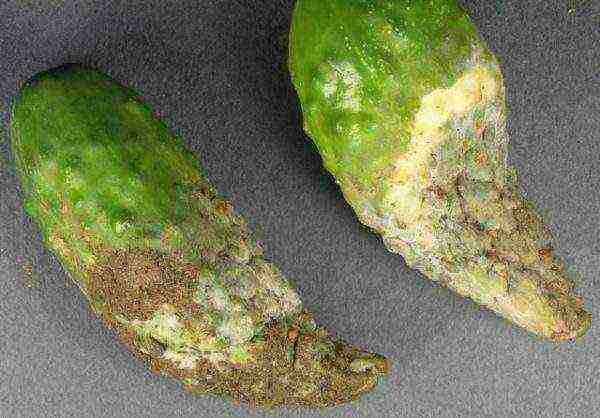
This kind of ash processing is carried out three times per season:
- when the seedlings just started;
- when the first flowering appeared;
- when the first ovaries became visible.
Milk iodine spraying
To prepare the solution, it is recommended to use 1 liter of low fat milk and 20 drops of iodine per bucket of water. Due to the antibacterial properties of iodine, the solution will destroy the fungus, preventing it from spreading further.
Copper piercing
As soon as the stem of the cultivated plant becomes strong, it is recommended to drive a previously stripped piece of copper wire into it. At the same time, its tips do not need to be wrapped around the stem, but simply directed downward, slightly bending.
Copper piercing will significantly increase the resistance of plants to various kinds of diseases, including late blight.
Heat treatment
Heat treatment of plucked green tomatoes will significantly reduce the loss of tomatoes during late blight. Moreover, it is recommended to warm them up at a temperature of 60 degrees Celsius for about two minutes before ripening. Polycarbonate greenhouses can also be processed in this way.
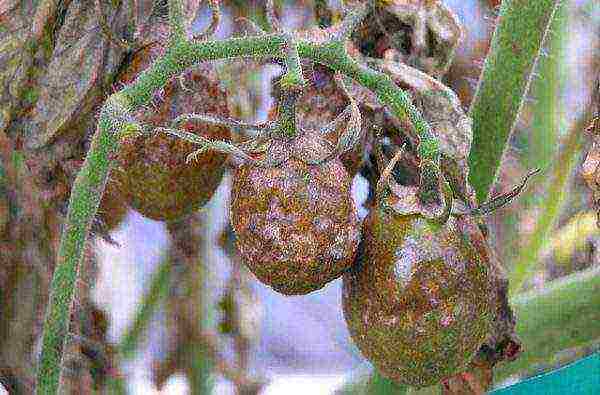
Autumn tillage
In principle, spring and autumn planting and cultivation of the land with late blight is not much different. But if you still draw a line, then in the fall everything is done cardinally. The land is plowed, the weeds are not only pulled out, but also burned. All in order for the late blight to disappear forever. And did not get further into the ground for wintering. Autumn fertilization of the soil is also considered a prerequisite for preventive measures. In the soil rich in trace elements, diseases are less common.
Fighting late blight is not as easy as it might seem. And although there are many means and methods for this kind of fungus, it is necessary to get rid of it in several passes, alternating remedies for phytophthora. Although it is best to do prevention of nightshade crops in the garden. This not only preserves your harvest, but also does not take as long as treating late blight.

